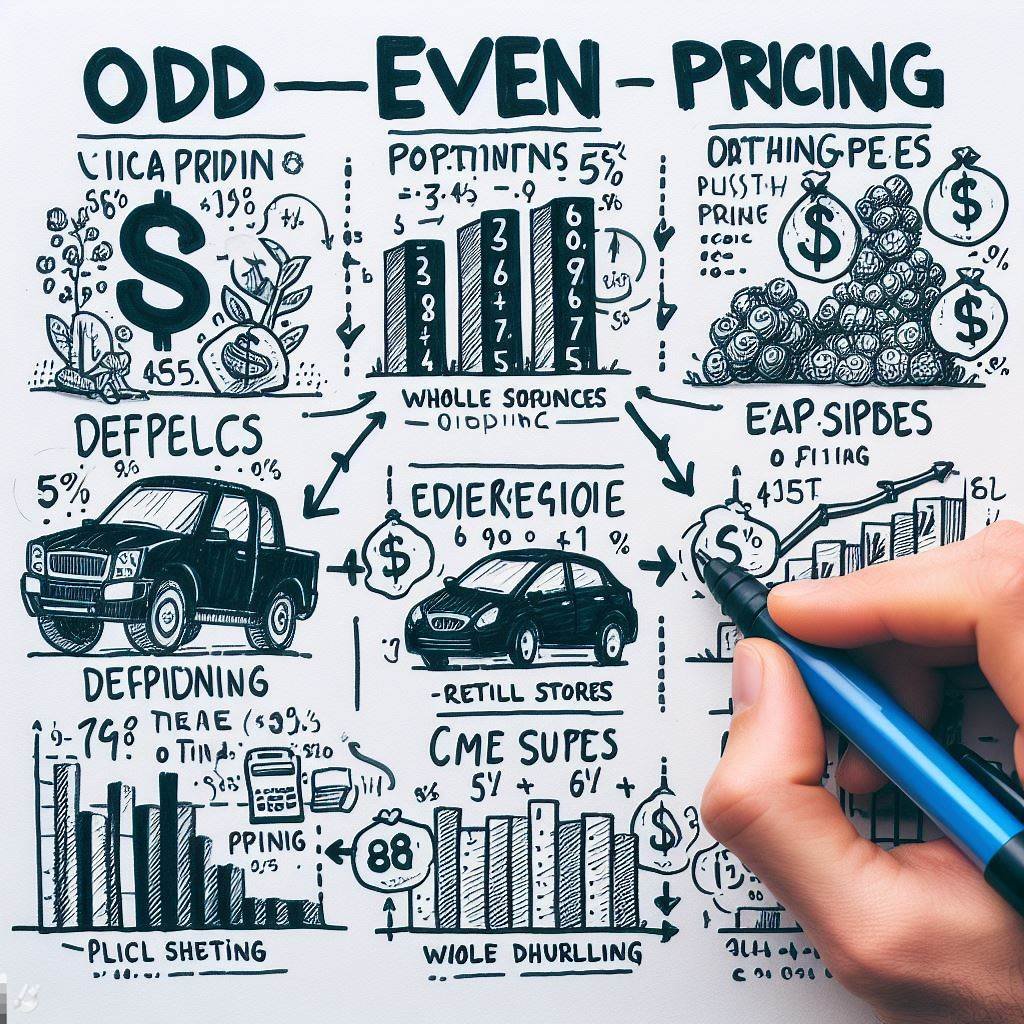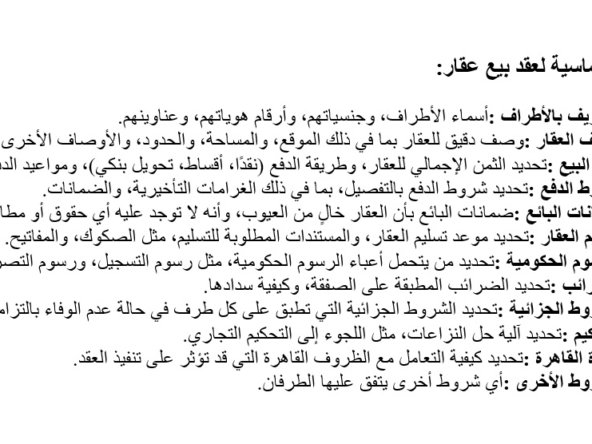Small distinctions in your pricing strategy can have a big impact on your customers’ value perceptions.
In this post. We explore the concept of odd-even pricing, and the psychological grip it has on shoppers.
Contents:
- What is odd-even pricing?
- Does odd-even pricing work?
- How to Master Odd-even Pricing
- Which companies use odd-even pricing?
- Should you use odd-even pricing?
What is odd-even pricing?
Odd-even pricing is a common psychographic marketing technique that involves pricing items with an odd or even end. such as SAR 0.99 or SAR 1.00. This is because consumers find certain price points more attractive. Depending on the commodity and customers.
The impact of odd-even pricing varies greatly across industries and sales channels. Normally. The clearer the price, the better. For example, in e-commerce. the greater the impact of odd-even pricing strategies. On the other hand. The more purchasing alternatives (substitutes) available. Odd-even pricing is becoming less important as rationality in purchase decisions typically increases.
Individual pricing:
For example. The individual price suggests an impression of a discounted price. Consumers tend to pay attention to the first digit of the price. Reducing the price of a product from SAR 3.00 to SAR 2.99 will be perceived as a value and lead to a 10% to 30% increase in sales.
Individual pricing also gives the illusion that the price is honest since the number is very specific. Like 9 or 5.
Pair pricing:
The even end price gives the exact opposite impression of the odd end price. Prices ending in zero indicate like 100 Saudi Riyals. to precision, simplicity, and often high quality.
This strategy is often used by luxury fashion and lifestyle brands. that don’t need discounted prices to make a sale. Their customers are more likely to pay full price and respond favorably to even price ends.
Does odd-even pricing work?
Simply put: Yes. Psychologists suggest three main reasons why the odd-even pricing phenomenon is well received. The effect of the left-hand digit. And the effect of the image. and the effect of perceived gain.
The left-hand digit effect makes consumers place more importance on the left-hand digit of the price. followed by the second and so on. Since consumers read prices (in Arabic numerals) from left to right. they naturally take the left number first.
Consider a discounted price of SAR 1.79 from a record price of SAR 1.93 versus a discounted price of SAR 1.75 from a record price of SAR 1.89. Both price reductions are equal in absolute value (-0.14 SAR). But the first sale offer will have a bigger impact.
That’s because in the first show. The number changes by two units (9 to 7). While in the second presentation. The number changes by only one unit (8 to 7). Since consumers focus on the first number that changes from the left. The first offer sounds more appealing.
The image effect causes consumers to see a single-price offer as a great deal. While even-priced items are more distinctive. Although no such statement was mentioned.
The perceived gain effect results from consumers irrationally valuing a price difference higher than its actual value. When evaluating a particular price. Consumers will feel the gains if the purchase price (promotion price) is lower than the reference price (comparison price). For example, 2.99




